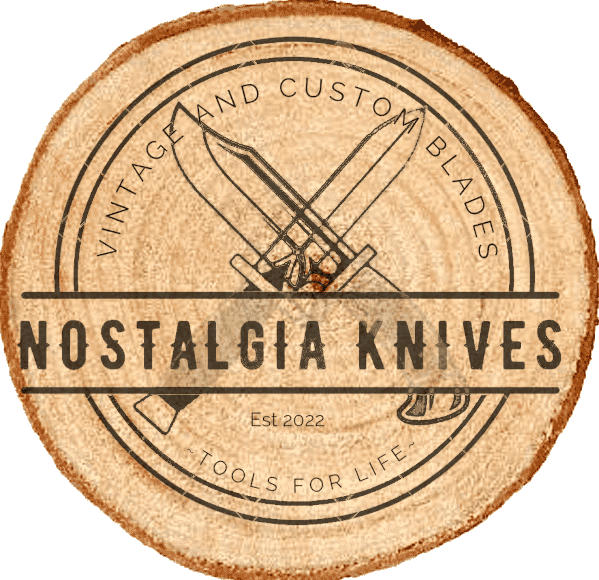Crafting Folding Pocket Blades: An Artisanal Process of Precision and Skill.
Crafting Folding Pocket Blades: An Artisanal Process of Precision and Skill
The manufacturing of folding pocket blades is a meticulous process that combines age-old craftsmanship with modern engineering techniques. From the selection of materials to the final assembly, each step plays a crucial role in producing a high-quality folding pocket knife. Let’s take a journey through the fascinating process of crafting these versatile and iconic tools.
The foundation of any exceptional folding pocket blade lies in the careful selection of materials. High-quality steel is a primary consideration, chosen for its durability, corrosion resistance, and edge retention. Some manufacturers opt for premium alloys that undergo specialized heat treatments to enhance the blade’s performance characteristics.
The chosen steel is then subjected to the forging process, where it undergoes controlled heating and shaping. Skilled blacksmiths or modern CNC machines carefully shape the blade, creating the desired profile. This stage is crucial for establishing the blade’s strength, sharpness, and overall functionality.
Once the basic shape is achieved, the blade undergoes precision grinding to refine its edge geometry. This process is vital for achieving a razor-sharp edge that is both effective and easy to maintain. Skilled craftsmen use grinding wheels of varying grits to achieve the desired sharpness before honing the blade to perfection.
Simultaneously, the handle of the folding pocket knife is crafted. Handles can be made from a variety of materials, including wood, bone, metal, or modern composite materials. The handles are shaped to provide ergonomic comfort and house the folding mechanism. Attention is paid to details such as texture, grip, and aesthetic appeal.
The heart of any folding pocket knife is its folding mechanism. Various designs exist, including slip joints, lockbacks, liner locks, and frame locks. Each mechanism requires precise engineering to ensure smooth operation, secure locking, and durability. The interaction between the blade and the handle is fine-tuned to create a seamless and reliable folding action.
With both the blade and handle components ready, the knife is meticulously assembled. The fitting process ensures that all parts align seamlessly. The folding mechanism is integrated, and the knife undergoes rigorous testing to ensure that it opens and closes smoothly, locks securely, and meets the manufacturer’s quality standards.
Quality control is a continuous aspect of the manufacturing process. Each knife is subjected to stringent tests to assess its sharpness, durability, and overall functionality. This phase may involve edge retention tests, impact resistance assessments, and meticulous inspections to identify any imperfections in the final product.
The finishing touches elevate a folding pocket blade from a functional tool to a work of art. This may involve polishing the blade, embellishing the handle with intricate designs, and applying protective coatings to enhance durability. Some manufacturers also engrave or mark their knives with logos, serial numbers, or other identifiers.
Crafting folding pocket blades is a blend of artistry, engineering, and skilled labor. From the careful selection of materials to the final assembly, each step in the manufacturing process contributes to creating a tool that is not only functional but also a testament to the enduring appeal of finely crafted cutlery. Whether in the hands of a collector or an everyday user, a well-made folding pocket knife reflects the time-honored traditions of craftsmanship and the precision of modern manufacturing.

